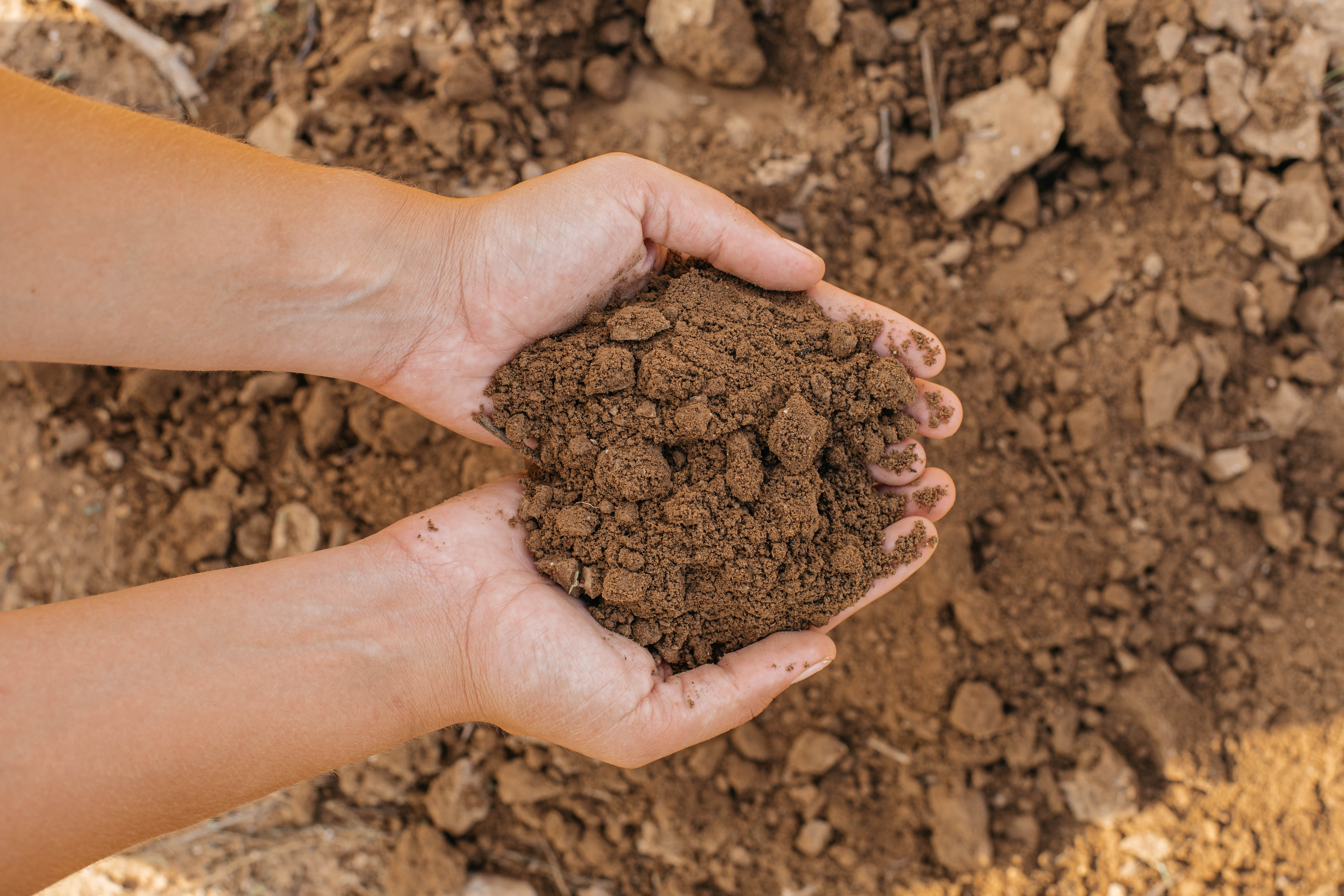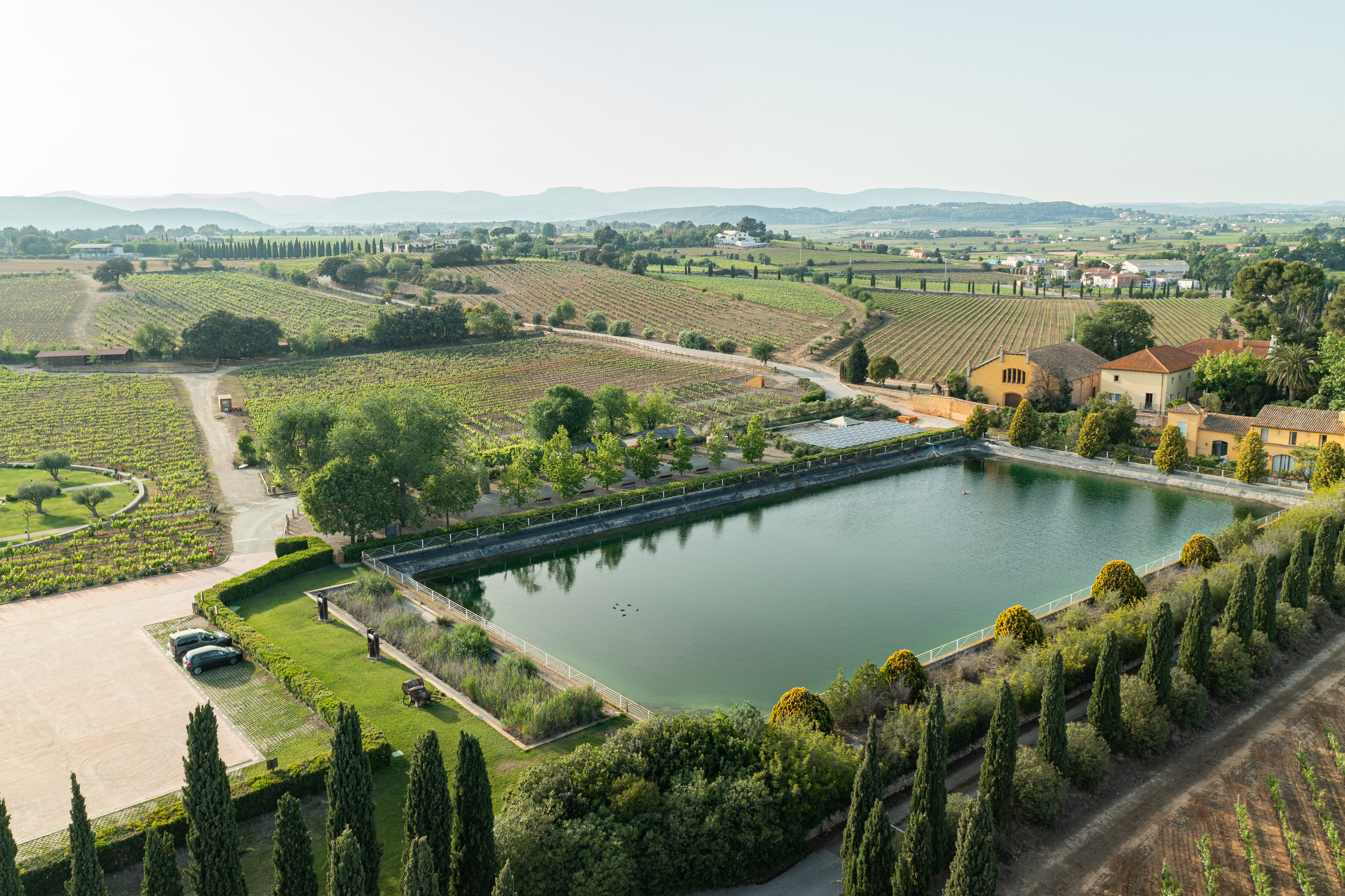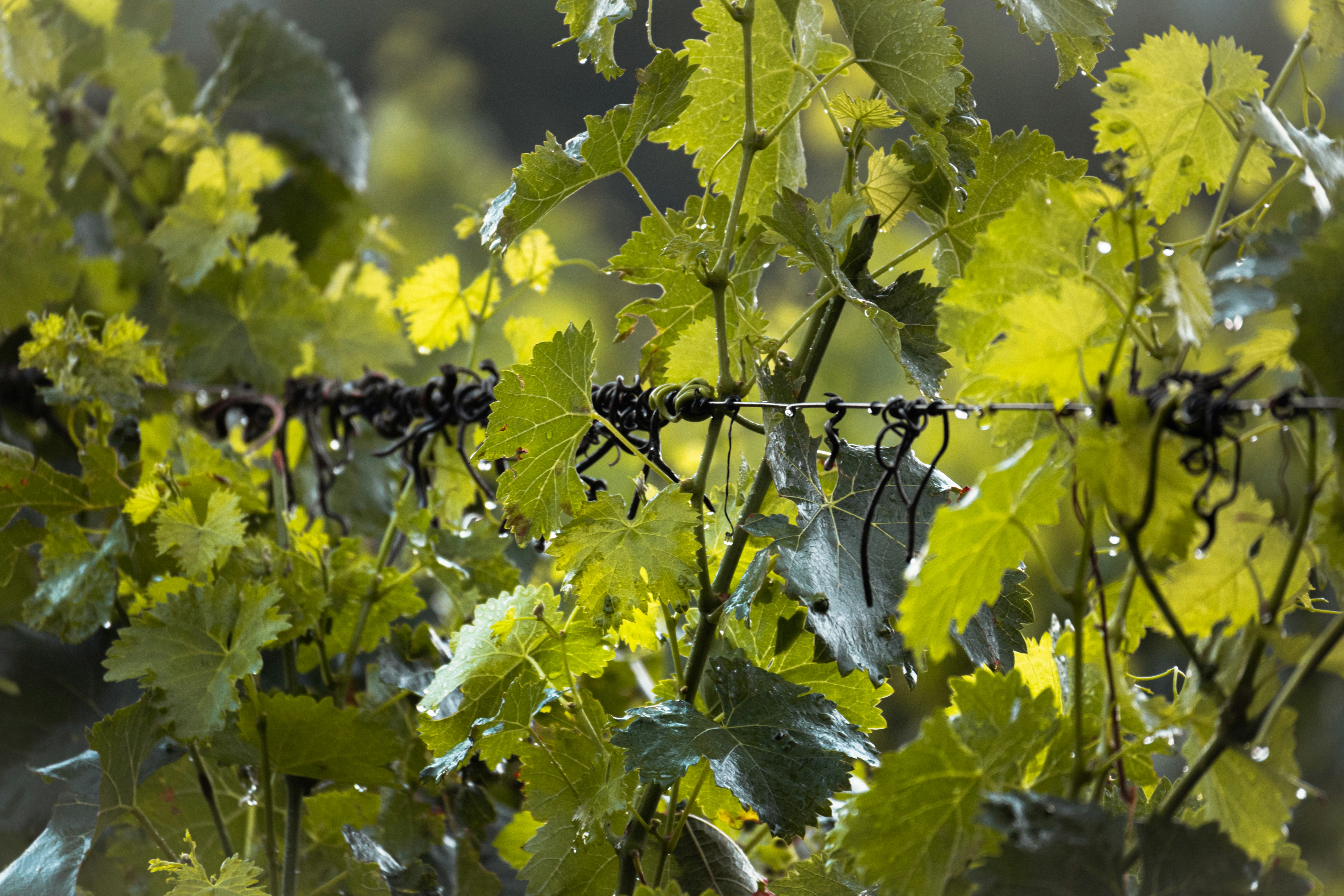Four Ways of Understanding Drought

Por Jose Luis Gallego, environmental communicator (@ecogallego)
The current climate crisis, the first of anthropogenic origin – in other words, caused by humans – is mostly associated with rising average temperatures, but this is not its only key characteristic. The crisis is also marked by changes in the water cycle and precipitation regimes in different regions of the planet.
The climate system is very dynamic and conditioned by countless variables, making it difficult to establish precise models for every region. Nevertheless, most forecasts for the Mediterranean region predict an overall decrease in rainfall in percentage terms with respect to the reference period (1850–1900). This decrease will range from moderate to severe depending on the greenhouse gas (GHG) emissions scenario in question.
The latest report from the Intergovernmental Panel on Climate Change (IPCC) estimates an 11% decrease by around 2050. This number goes up to almost 17% by the end of the century under the least favourable GHG emissions scenario (SSP4) – the one we are currently heading towards.

Hands holding soil, an image showing the effects of rain scarcity
Forecasts aside, what current records undeniably show is a pattern of increasingly severe and persistent periods of drought. This phenomenon manifests in different ways depending on the area of impact, which has led experts to define three kinds of drought. These are not always directly interrelated, and the majority of people perceive them quite differently.
As individuals, we tend to perceive droughts based on how they affect us on a personal level. So regardless of how drought affects the environment, most people only feel directly threatened when reservoir levels drop to the point of triggering a state of emergency, thereby putting urban drinking water supplies at risk.
However, the state of reservoir and groundwater levels – responsible for much of our domestic water supply – is only one aspect of drought. Another is the situation faced by wild ecosystems and cropland as a result of insufficient air humidity and soil moisture.
Rainfall deficits that affect our reservoirs are referred to as hydrological drought, whereas those that affect the natural environment and crops are known as agricultural drought. Experts draw a clear distinction between these two types of droughts, which is worth keeping in mind.

A full reservoir on the Familia Torres estate, summer 2023
Hydrological drought occurs when stream flow, reservoir levels, and the groundwater table fall below what is considered normal, with “normal” being defined as the average water supply of the past ten years. Technically, it is defined as a period in which a decrease in the available surface and subsurface water supply, with respect to average amounts, has a negative impact on the ability to satisfy drinking water demands for a variety of uses.
In contrast to agricultural drought, which is much more closely linked to weather conditions, hydrological drought does not depend directly on precipitation. From the beginning of a dry period, it could take months or even years to set in, and should regular rainfall resume quickly, it might not occur at all.
Agricultural drought refers to soil water deficiency in the root area, which prevents wild plants and crops from absorbing the water they need for their proper development. In dry-farmed areas, this type of drought is directly linked to rainfall deficits, although there might be a minor lag depending on the plants’ ability to retain moisture. In irrigated areas, however, agricultural drought is much more closely linked to hydrological drought since the latter may lead to restrictions on irrigation.
The third and most common kind of drought is probably the one most familiar to us: meteorological drought. This refers to a lack of rainfall, specifically when there is a significant decrease in precipitation regimes during a prolonged period of time. In Spain, more than 60% of the country is currently affected by meteorological drought. In certain parts of the Spanish Mediterranean, precipitation levels over the past three years have decreased by half compared to the historical average.

Raindrops on grapevines
As a result of this meteorological drought, some parts of the country are suffering an extremely severe and historically unprecedented hydrological drought. The water supply of Catalonia’s interior basins or Andalucia’s Mediterranean basins is currently registering historical minimums and has dropped to very low levels of 15% and 18%, respectively. In the case of the Catalan reservoirs, this is more than 50% below the historical average. At the same time, precipitation shortfalls are causing an extremely severe agricultural drought with catastrophic consequences for the natural environment, especially forest ecosystems and the biodiversity they contain.
In terms of agricultural production, the drought has had a devastating economic impact with billions of euros in losses. It is driving farms out of business and not only causing the loss of harvests but entire cultivation areas – olive groves or vineyards, for instance – which is putting the resilience of rural communities under enormous pressure.
Finally, we must consider the direct impact of the three kinds of drought on economic activities. This impact isn’t limited to the primary sector but extends to others, such as tourism, as well. Experts have therefore defined a fourth kind of drought: socioeconomic drought. This refers to drought-related damages to the economy and society as a whole.
In any case, everything seems to indicate that drought will cease to be an occasional occurrence and become a permanent fixture in the Mediterranean as the climate crisis keeps pushing us towards the least favourable scenarios. This means we will have to make an enormous effort, on all levels, to adapt and learn to live with constant drought.
